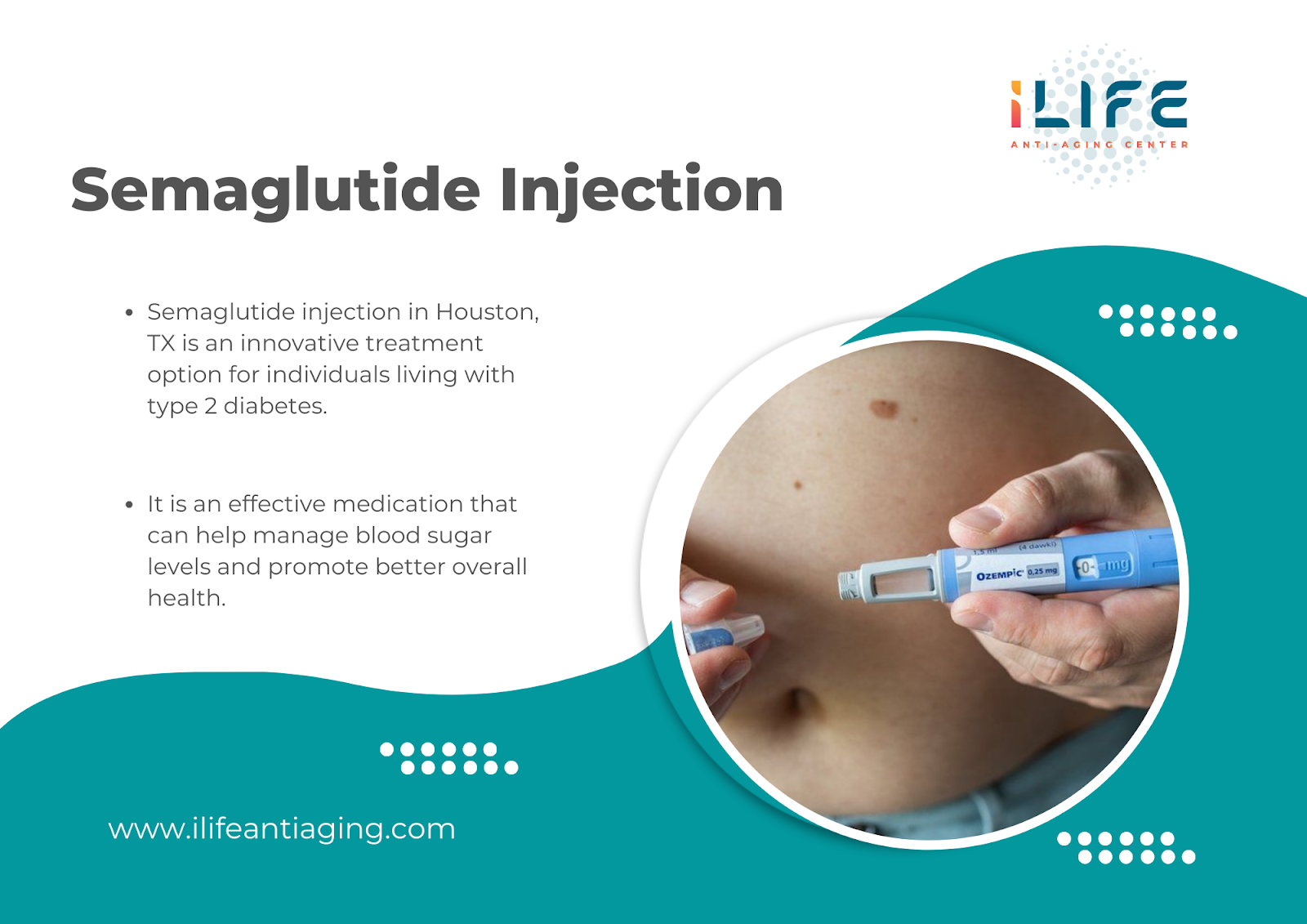Get a Brighter, Healthier Smile with Dental Crowns in Dallas and Duncanville, TX
Dental Crowns in Dallas and Duncanville, TX

Dental crowns are used to restructure the teeth and reverse the effect of all these damages on these teeth. Aging is associated with a lot of concerns, one of which is tooth damage. The teeth can lose their shape, or size over time with use or decay and injuries.
Dental crowns are structures placed over the tooth similar to a protective covering but function to restore the tooth’s appearance. In this article, we will be discussing dental crowns, their types, benefits, procedures, aftercare.
What are Dental Crowns?
Dental crowns are tooth-shaped dental caps that are positioned on top of damaged teeth. They are cemented on the visible area of the tooth to fit snuggly and restore the tooth structure.
There are different types of crowns tooth. There’s the ceramic type which is good for individuals but have metal allergies. Another is the porcelain-fused-to-metal that can be matched to the color of the teeth immediately after the crown.
It has a color similar to the natural tooth color and it’s a good choice for the front and back teeth. Metal crowns are also available. They are extremely durable and last long.
Metals used for crowns tooth include gold, nickel, and palladium; metal crowns are good options for inconspicuous molar teeth. It’s not every tooth condition that requires a crown tooth; the conditions that require a dental crown include tooth decay, cracked or broken teeth, discolored teeth, and cosmetic issues.
The Procedure for Dental Crown in Dallas, and Duncanville, TX
There are different steps involved in the dental procedure. The steps include:
- Initial consultation and careful examination of dental health so the dentist can diagnose your teeth condition and confirm if it’s dental crowns you need or not.
- X-rays of the tooth are taken and a mold of the teeth may or may not be taken.
- The teeth are filed down and part of their outer layer is removed.
- An impression of the filled tooth and surrounding teeth is made.
- A temporary tooth is placed on top of the teeth for protection.
- The tooth impression is sent to the lab so the crown tooth can be designed.
A second visit to the dentist is needed for the dentist to cement the crown to your tooth when it’s ready but some dentists perform the dental crown placement on the same day.
It takes about anywhere from 2 to 4 hours to a few days. Monitoring and follow-up appointments are also essential to check for the function and fit of your dental crown.
Preparation for the procedure includes an examination of the tooth, application of local anesthesia, preparation of the tooth, and temporary crown placement.
Benefits of Dental Crowns

Dental crowns have various benefits, some of which include:
Protection of weakened or damaged teeth
They serve a protective function over weak or damaged teeth. It allows your teeth to easily withstand daily and prolonged use without worrying about discomfort and pain.
Improvement of appearance and overall oral health
They are used for cosmetic reasons as they improve the teeth’s appearance and dental health. They fit tightly over the natural tooth to correct discolorations, cracks, and chips and improve its appearance. It also helps reduce teeth sensitivity, and prevent further damage thus improving overall oral health.
Enhanced ability to eat and speak properly
When they are placed over your teeth, it improves your ability to eat and speak properly. The crowns help your teeth to withstand biting, chewing, and grinding trauma.
Aftercare
- Brush your teeth in the morning and at night.
- Floss your teeth every day.
- Avoid eating hard candies, chewing gum, crunchy fresh vegetables, and sticky desserts to prevent breakage.
- Stay aware of cold and hot foods that may trigger sensitivity.



Comments
Post a Comment